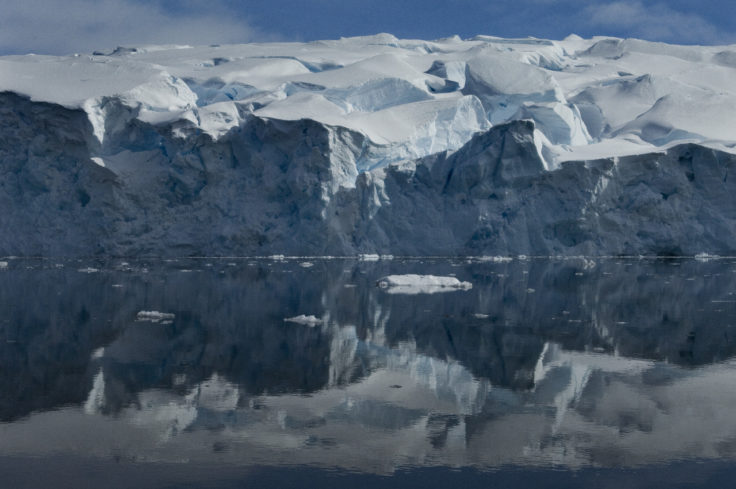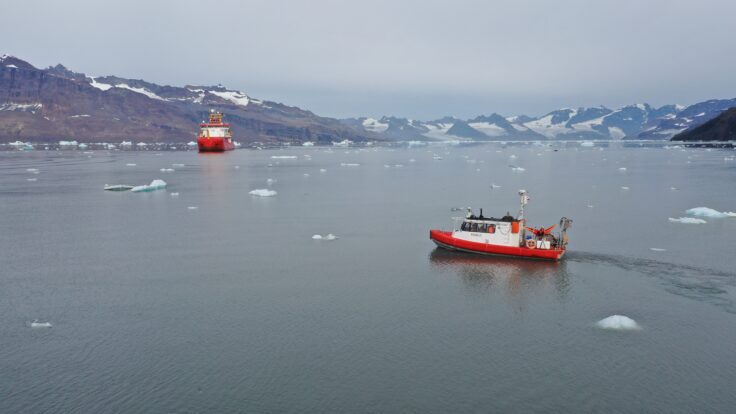An international research team, led by British Antarctic Survey (BAS), has been awarded £3.7M to advance a ground-breaking study on how underwater tsunamis are triggered by glacier calving around Antarctica.
The scientists will analyse how these underwater tsunamis contribute to the mixing of ocean waters, a process that plays a critical role in shaping global climate systems, the Antarctic Ice Sheet, and marine ecosystems. This week, scientists from the project, called POLOMINTS, are meeting at the BAS headquarters in Cambridge to finalise plans for the project, which promises to shed light on this newly discovered phenomenon.

The research will build on recent findings that challenge traditional beliefs about the forces driving mixing in Antarctic waters. Historically, winds, tides, and heat loss were thought to be the primary drivers of oceanic mixing around the continent. However, the team recently identified that calving glaciers can initiate underwater tsunamis-multi-metre waves that travel rapidly from the ice, and generating powerful bursts of ocean mixing. Initial calculations suggest these tsunamis could rival the impact of wind-driven mixing and play a larger role than tides in redistributing ocean heat.
POLOMINTS is led by oceanographer Professor Mike Meredith from BAS. He says:
"We're excited to explore this uncharted scientific territory. By learning more about underwater tsunamis and their influence on ocean mixing, we can refine ocean models, which in turn will help project future climate scenarios more accurately. This knowledge is crucial for the global community as we all grapple with the complex impacts of climate change."
To investigate the extent and effects of these underwater tsunamis, the team will use advanced technology, including robotic underwater vehicles and remotely piloted aircraft, to gather data near calving glaciers, where humans cannot go. They will also employ deep-learning algorithms to analyse satellite data, and computer simulations to model the generation and spread of these tsunamis. These cutting-edge methods will allow the researchers to assess the impacts of intense mixing on factors such as ocean temperature, nutrients, and marine productivity – all of which are critical to our climate and ecosystems.

The Scottish Association for Marine Science (SAMS) is a key partner in the project. Professor Mark Inall from SAMS says:
"Whilst we have many images of icebergs calving from glaciers, and have studied internal waves within the ocean interior, we know next to nothing about how calving generates these large waves hidden from sight below ocean's surface. POLOMINTS will break new ground in our knowledge of how crumbling ice sheets stir the coastal oceans of polar regions."
Professor Kate Hendry from BAS co-leads the project and concludes:
"Our research as part of this project will be a key step toward filling critical gaps in our understanding of Antarctica's influence on the global climate."
POLOMINTS is a collaboration led by British Antarctic Survey, and includes the Scottish Association for Marine Science, the University of Southampton, the University of Leeds, the National Oceanography Centre, the University of Exeter, and Bangor University. International partners are from the Scripps Institution of Oceanography, the Institute of Geophysics of the Polish Academy of Sciences, the University of Delaware, and Rutgers University.
POLOMINTS is funded by the Natural Environment Research Council (nerc.ac.uk)






